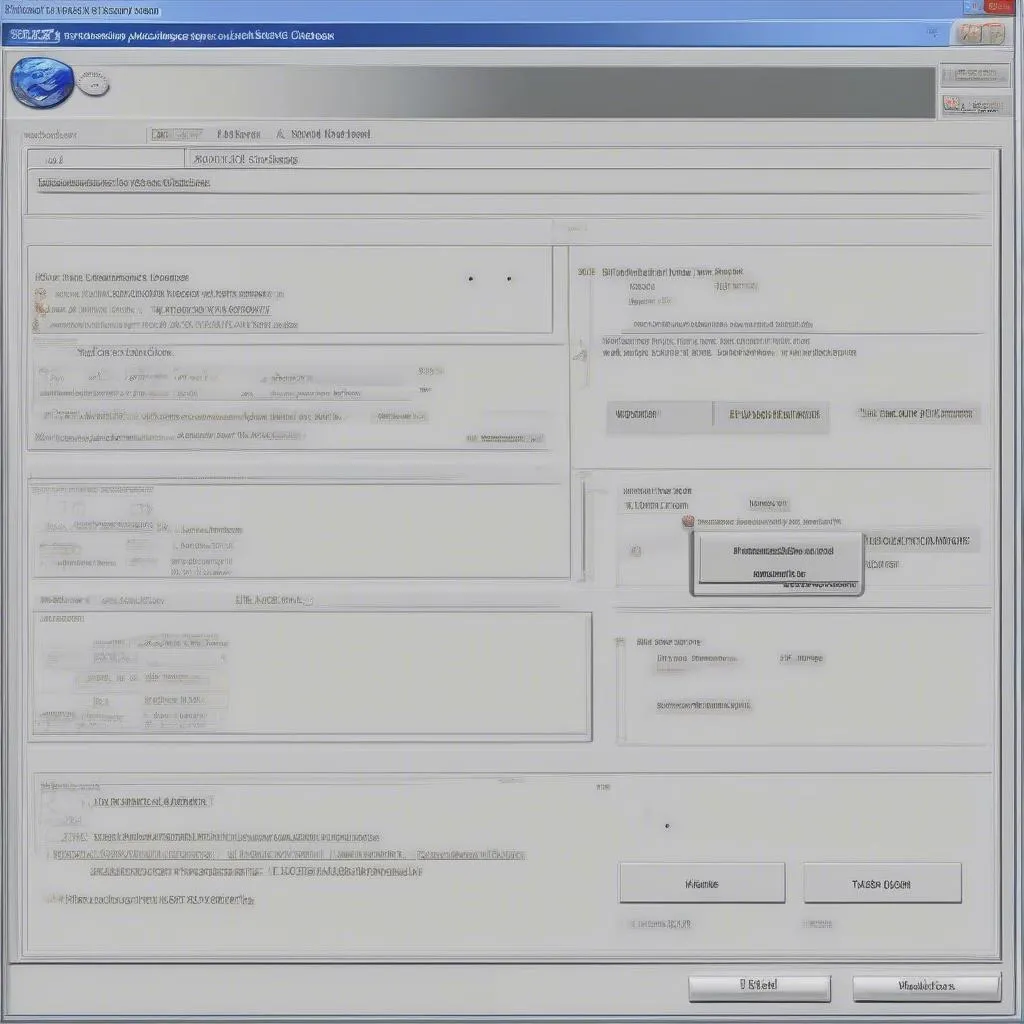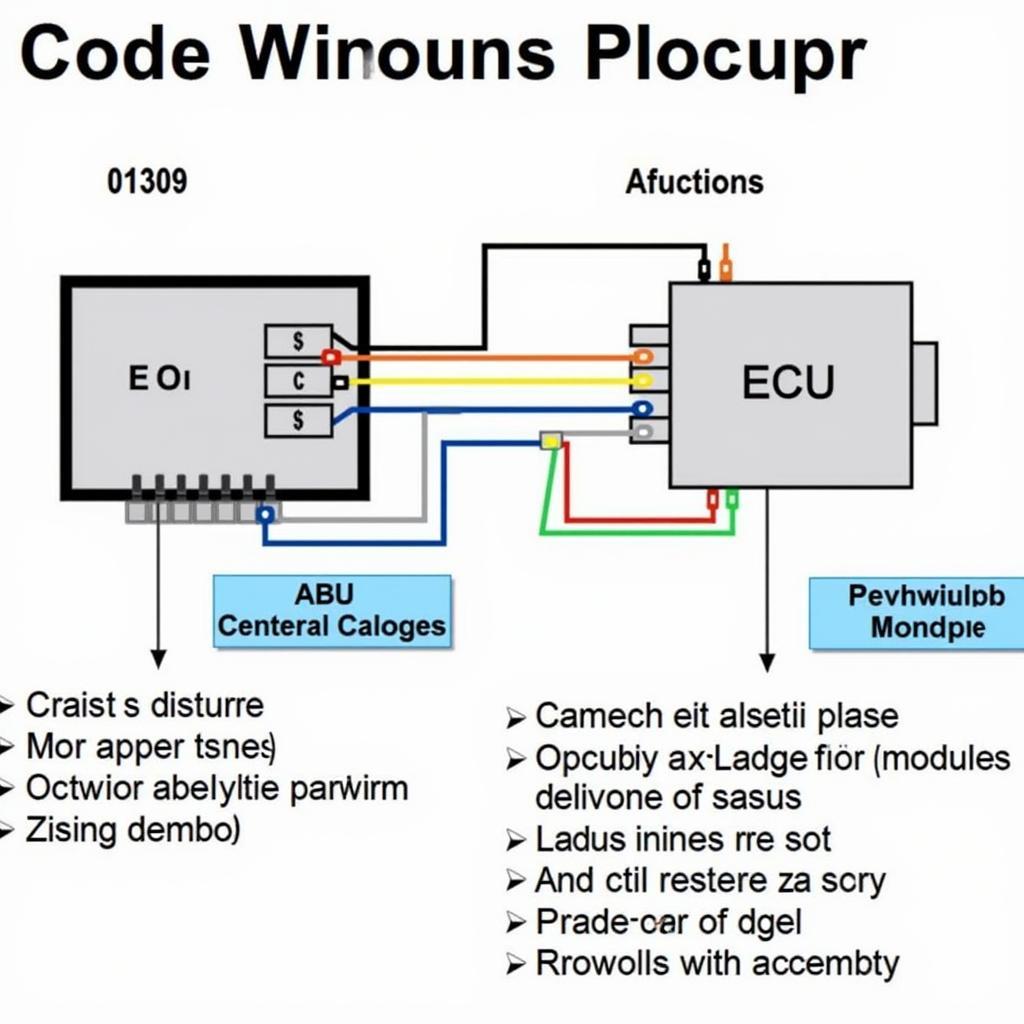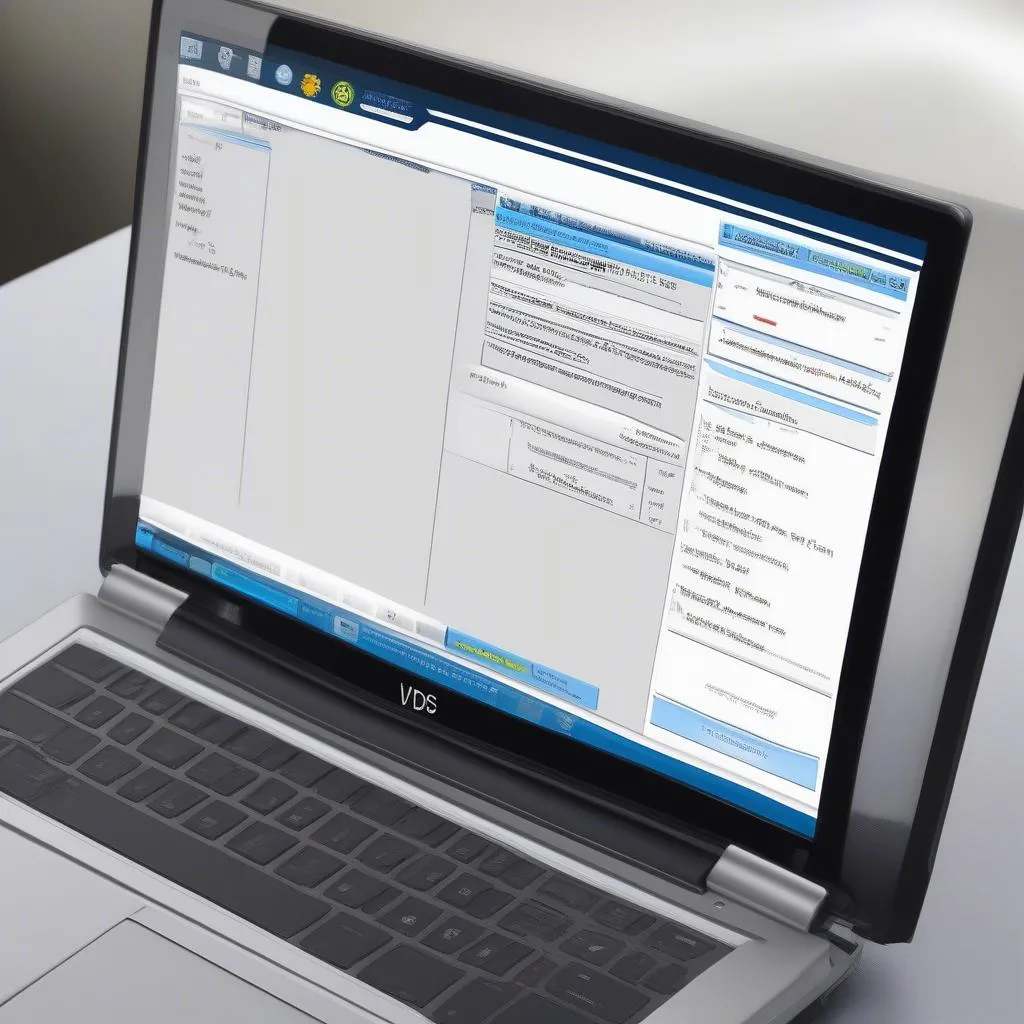VCDS, formerly known as VAG-COM, is a powerful diagnostic and coding software used by automotive professionals and enthusiasts alike. Among its many functions, VCDS transmission coding stands out as a particularly useful feature for those looking to fine-tune their vehicle’s performance and behavior.
This guide delves into the intricacies of VCDS transmission coding, providing you with the knowledge and understanding to navigate this complex aspect of automotive diagnostics and customization. Whether you’re a seasoned mechanic or a dedicated DIYer, understanding VCDS transmission coding can unlock a new level of control over your vehicle’s driving experience.
Understanding VCDS Transmission Coding
At its core, VCDS transmission coding involves modifying the software parameters that dictate how your vehicle’s transmission operates. These parameters govern various aspects of transmission behavior, including:
- Shift points: Adjusting when the transmission shifts gears, allowing for sportier acceleration or improved fuel efficiency.
- Shift speed: Controlling how quickly gear changes are executed, impacting the smoothness and responsiveness of the driving experience.
- Torque converter lockup: Fine-tuning the engagement point of the torque converter lockup clutch, potentially enhancing fuel economy.
- Launch control: On some models, enabling or disabling launch control for optimal acceleration from a standstill.
- Adaptive shift logic: Resetting or adjusting the adaptive learning capabilities of the transmission control module (TCM), tailoring the shifting behavior to your driving style.
 VCDS Transmission Coding Screen
VCDS Transmission Coding Screen
Benefits of VCDS Transmission Coding
Properly implemented VCDS transmission coding can yield a range of benefits, including:
- Enhanced Performance: Fine-tune shift points and speed for a more spirited driving experience.
- Improved Fuel Economy: Optimize shift schedules and torque converter lockup for better fuel efficiency.
- Personalized Driving Experience: Tailor the transmission’s behavior to your specific preferences.
- Troubleshooting: Diagnose and potentially resolve transmission-related issues.
 Car Transmission System
Car Transmission System
Risks and Precautions
While VCDS transmission coding offers numerous advantages, it’s essential to approach this procedure with caution. Incorrect coding can lead to:
- Transmission Malfunctions: Erroneous settings can disrupt the transmission’s operation, potentially causing drivability issues or even damage.
- Voided Warranty: Unauthorized coding modifications might void your vehicle’s warranty, particularly if they result in damage.
Before attempting any VCDS transmission coding, it’s crucial to:
- Back Up Your Existing Coding: Always save a copy of your original coding before making any changes. This allows you to revert to the factory settings if needed.
- Thoroughly Research: Consult reliable sources, including your vehicle’s service manual and reputable online forums, to understand the specific coding parameters and their effects.
- Proceed Incrementally: Make small, incremental changes to the coding, verifying their impact before proceeding further.
- Seek Professional Assistance: If you’re uncertain about any aspect of VCDS transmission coding, it’s advisable to consult with a qualified automotive technician specializing in your vehicle’s make and model.
Frequently Asked Questions (FAQs)
Q: Is VCDS transmission coding legal?
A: The legality of VCDS coding can vary depending on your local regulations and the specific modifications made. It’s crucial to research and comply with all applicable laws.
Q: Can I revert to my original transmission coding?
A: Yes, provided you backed up your original coding before making any changes, you can restore the factory settings using VCDS.
Q: Do I need any special equipment for VCDS transmission coding?
A: You’ll need a VCDS interface cable, a compatible laptop, and the VCDS software.
Q: What are some common transmission coding modifications?
A: Popular modifications include adjusting shift points, shift speed, and torque converter lockup behavior.
Q: Are there any risks associated with incorrect coding?
A: Yes, incorrect coding can lead to transmission malfunctions, drivability issues, and potential warranty complications. It’s crucial to exercise caution and seek professional guidance if needed.
Conclusion
VCDS transmission coding offers a powerful means to optimize your vehicle’s performance and tailor it to your driving style. However, it’s crucial to approach this procedure with caution and a thorough understanding of the potential risks involved. By following best practices, researching meticulously, and seeking expert advice when needed, you can leverage the capabilities of VCDS transmission coding to unlock the full potential of your vehicle’s transmission.
If you’re considering exploring the world of VCDS and automotive diagnostics further, CARDIAGTECH offers a wide range of professional-grade diagnostic tools and resources to empower you on your journey.


